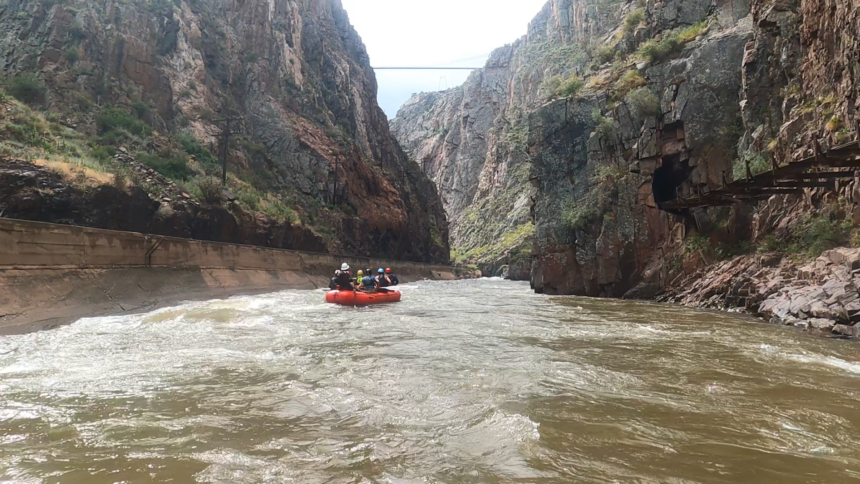Just how dangerous is whitewater rafting?

CAÑON CITY, Colo. (KRDO) - It's summertime and many of us are enjoying outdoor activities. One of the most popular in Southern Colorado is whitewater rafting, which can be deadly.
Over the last twenty years, an average of five people have died from whitewater rafting per year in Colorado according to state health department estimates. But, the state data doesn't include whether those rafters went out on their own or on guided tours.
Whitewater rafting in Colorado can mean wrestling with incredible rapids, getting drenched by massive waves, and, for some people, getting soaked by falling in.
“There’s that stigma. Anytime an incident happens, it’s heard about, it’s talked about, it makes the news,” Raft Masters guide Jason Burns says. “But it’s so rare.”
Burns is a rafting guide in Cañon City who believes the numbers should calm some nerves.
While the state couldn’t provide those stats, we were able to grab some national numbers. According to the not-for-profit organization American Whitewater: of the four million people who go whitewater rafting commercially per year, “Nationwide, the number of fatalities has ranged between six and ten.”
Burns told KRDO13 he thinks the low number of commercial deaths is due to an emphasis on safety within whitewater rafting companies. He said, oftentimes, their rafts ride in tandem down the river.
“We’re always watching out for each other, we’re always checking behind us,” he explained.
Raft Masters suited our crew up with wetsuits to stay warm in the frigid Arkansas River, water shoes, helmets, and life vests.
An outfitter can also help you decide which section of the river to plan your trip down based on your skill set.
“Every section of river has its own personality, every river has its own personality,” says Rafter Masters partner, Will Colon.
That “personality” changes with fluctuating water levels, altering the difficulty levels.
Colon told us class I is flat water, whereas class II means waves and some really small rapids.
“It’s nice and easy,” he assured.
Class III brings slightly larger rapids but nothing really technical.
“Fun and splashy but still mild,” Colon went on.
When it comes to classes IV and V – that’s when you have to be extra careful. Take it from us – our crew’s trip down the Royal Gorge was in that range!
“It definitely gets your adrenaline going,” exclaimed rafter Brandon Ambrose, who was part of our squad. “That’s kind of the purpose of it.”
With those higher-class rapids, you have to know how to swim, listen to your guide, and get ready for a wild ride.
On average, 550,000 Coloradans go rafting with an outfitter per year. Water levels are normally highest during the spring, but the season usually runs through September.
Think you’ll give it a try?




